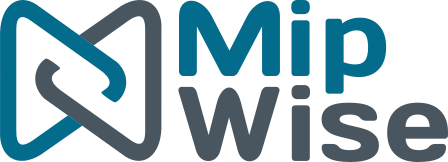Decision-Making Beyond Dashboarding And Prediction
For quite some time, we had been observing a strong bias towards descriptive and predictive analytics, perhaps as a result of the machine learning hype. Undoubtedly, it’s crucial to understand the system, both in terms of past behavior (descriptive analytics) and future behavior (predictive analytics). However, decision-making is about shifting the system towards optimal behavior.
The prescription to shift the system towards optimality doesn't always come out of descriptive and predictive analysis for free. In fact, not even very well-designed data visualization dashboards can replace the intelligence built behind an optimization solver, for instance. To give a more practical example, predicting with 99% accuracy what the demand will be for the next few weeks doesn't tell you from where to order, how much to order (especially if there is high variability in the lead time), or where to stock.
Prescriptive analytics has been around for quite some time. In fact, technologies such as mathematical optimization, metaheuristics, graph algorithms, and dynamic programming, just to name a few, have been widely used across industries, even before machine learning was popular.
The good news is that none of the technologies listed above have become obsolete. On the contrary, mathematical optimization, in particular, has been evolving tremendously and today it’s more relevant than ever.
The major challenge at this point, though, is the shortage of qualified professionals capable of taking full advantage of the available prescriptive analytics technologies. Currently, a big portion of the workforce comes from the operations research and computer science communities, which have the practice of solving problems systematically as part of their culture.
Unfortunately, developing the skills to do prescriptive analytics is not as simple as learning how to use classic machine learning techniques, which might partially explain why prescriptive analytics is not so popular yet. But the incentives are on the rise.
As competition increases and real-world problems become more complex, the demand for more data-driven decisions, and ultimately optimal decisions, will naturally increase. As a result, people will gradually start to talk more about prescription in many of the contexts where today they only talk about prediction.
